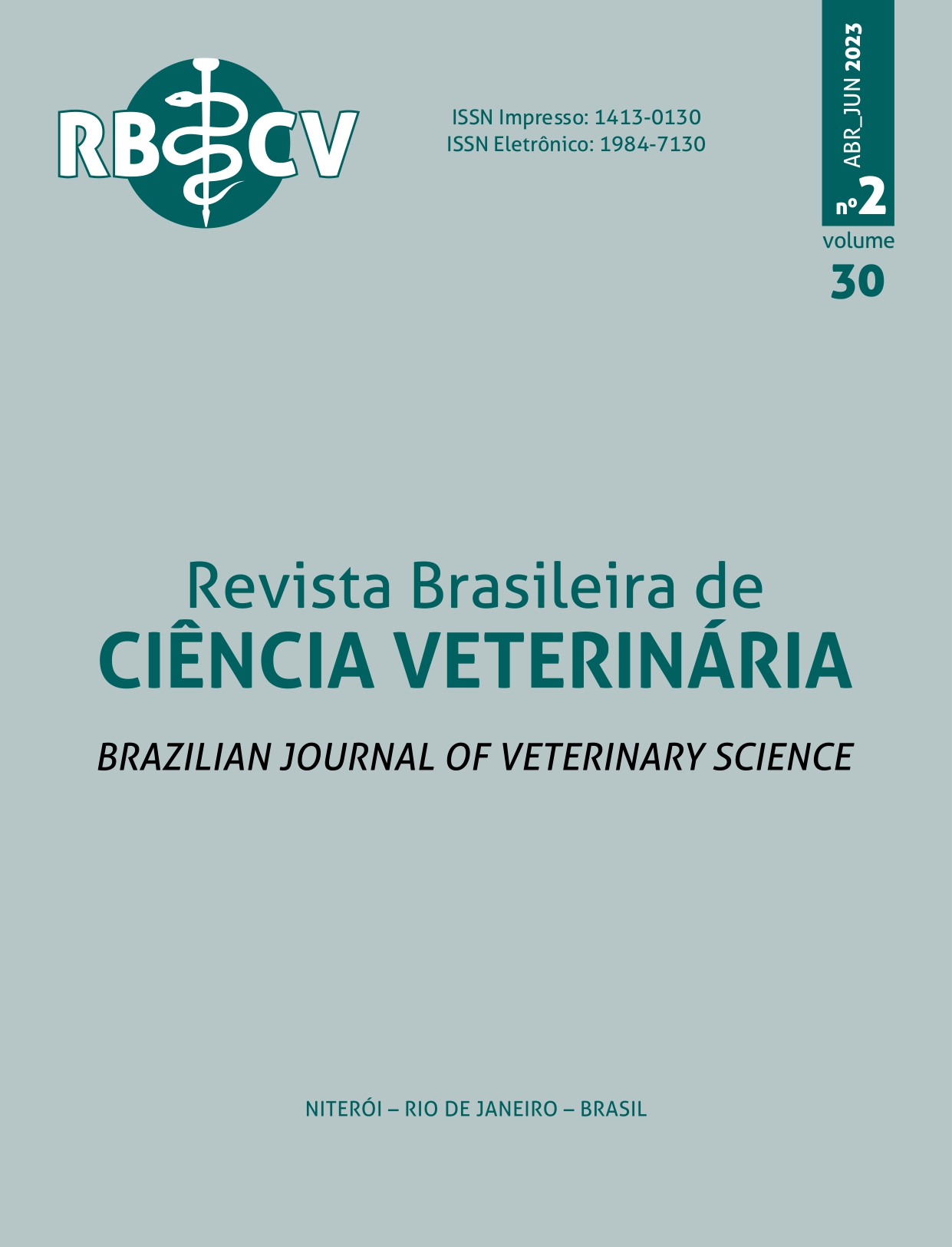The link between subsistence hunting and the introduction of neotropical echinococcosis into the domestic environment in the Brazilian Amazon
Parole chiave:
hydatid cysts, polycystic hydatid, traditional communities, wild animalsAbstract
The present study recorded the consumption of paca and agouti meat and revealed the presence of hydatid cysts in the livers of these rodents in extractivist communities in Brazilian Amazonia. A total of 42 families (with a median four of members) were interviewed, and the paca (98%) was consumed more than the agouti (86%). Structures consistent with hydatid cysts were detected more frequently in the liver tissue of pacas (76.1% – 31 of 42 samples) than agoutis (28.5% – 11/42). The parasitological analysis of a paca liver confirmed the presence of E. vogeli. The consumption of the meat of these rodents and the confirmation of infection by E. vogeli represent preoccupying risk factors for the inhabitants of these forest communities, given that the uncooked viscera of both rodents are often fed to domestic dogs.


